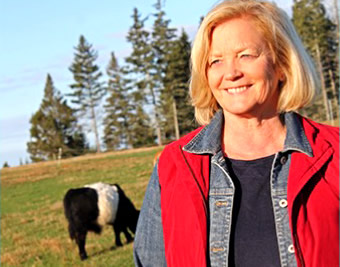The ARA is designed as a roadmap to sequester more carbon in the soil and reduce overall GHG by supporting farmers where they are. “We need to empower farmers with the best available science and provide a range of conservation tools, because what works for one farmer in Maine may not work for another in Iowa or Georgia,” noted Pingree, an organic farmer since the 1970s and recognized national policy leader on sustainable food and farming.
“I have set an ambitious but achievable goal: to reduce agricultural emissions by 50% before 2030 and make this segment of our economy net-zero by 2040. Challenges of this scale demand bold solutions and, unlike other industries, agriculture has a unique opportunity to draw down massive amounts of carbon from the atmosphere and store it in the soil.”
Currently, agricultural activities contribute 8.4% of total U.S. GHG emissions. To reach net-zero by 2040, the ARA focuses on 6 concrete policy areas and offers solutions rooted in science that are farmer-driven. Areas related to composting, anaerobic digestion, soil health and carbon sequestration include:
- Increasing Research: Ensure that existing agriculture research programs prioritize climate change research, increase funding for USDA’s Regional Climate Hubs, support public breed and cultivar research, and create a new SARE (Sustainable Agriculture Research & Education) Agricultural and Food System Resilience Initiative for farmer and rancher research and demonstration grants.
- Improving Soil Health: Create new soil health grant program for state and tribal governments, authorize USDA to offer performance-based crop insurance discounts for practices that reduce risk, and explore new ways to reward farmers such as future carbon markets or tax incentives for soil carbon sequestration.
- Boosting investments in on-farm energy initiatives: Increase funding for the Rural Energy for America Program, direct USDA to study dual-use renewable energy and cropping or livestock systems, and move the AgSTAR program to Natural Resources Conservation Services (NCRS) to provide technical assistance to farmers interested in reducing methane emissions through anaerobic digestion.
- Reducing food waste: Standardize food date labels to reduce consumer confusion, create a new USDA program to reduce food waste in schools, and increase federal support for composting and anaerobic digestion food waste-to-energy projects.











